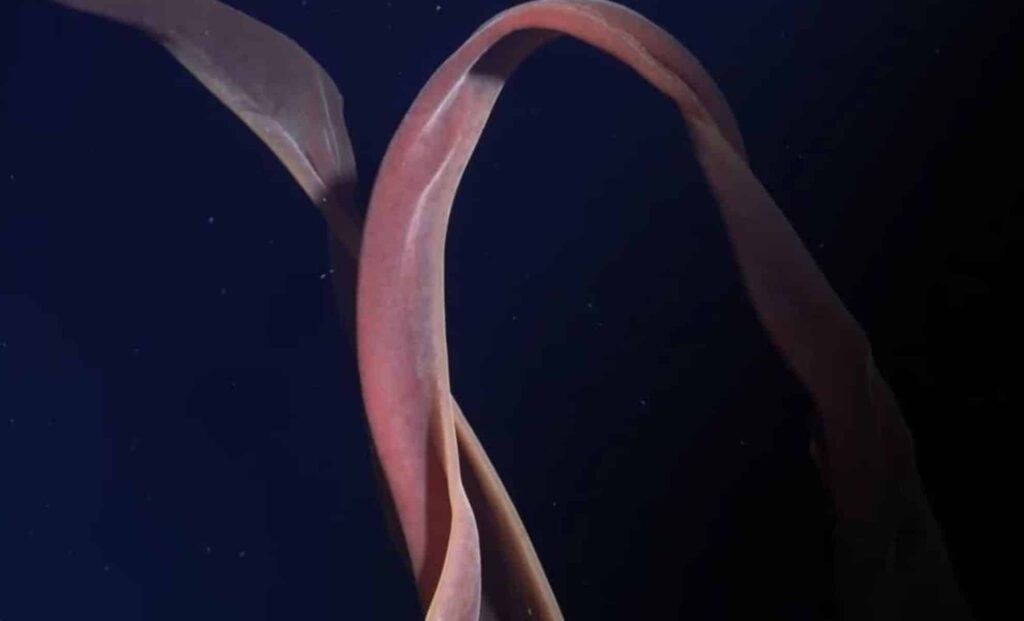A massive iceberg recently calved from the George VI Ice Shelf in Antarctica, revealing a surprising and vibrant marine ecosystem beneath the ice. This discovery, made by researchers aboard the Falkor vessel, challenges what we know about life in one of the most isolated, extreme environments on Earth. Located on the Antarctic Peninsula, this area has been significantly affected by climate change, which has caused rapid melting and collapse of the ice shelves in recent years.
A Thriving Ecosystem in the Dark
When the iceberg broke off earlier this year, scientists were unsure of what they would encounter beneath the newly exposed seabed. What they found was nothing short of astonishing: a rich, thriving ecosystem of marine life that had likely been hidden under the ice for centuries.
The conditions under the ice were harsh—complete darkness, freezing temperatures—but that did not stop the life forms below from flourishing. Researchers discovered a range of species, including crustaceans, sea snails, fish, octopi, and worms, all adapted to survive in these extreme conditions.

The footage captured by the Schmidt Ocean Institute revealed long, tentacled anthropods and bright red thorny crustaceans. One particularly striking discovery was a helmet jellyfish, whose long tentacles had never before been observed in this area.
“We didn’t expect to find such a beautiful, thriving ecosystem,” said Patricia Esquete, the chief expedition scientist from the University of Aveiro in Portugal. “Based on the size of the animals, the communities we observed have been there for decades, maybe even hundreds of years.”
Discovering Life Where It Was Thought Impossible
The research, which was facilitated by the Schmidt Ocean Institute, highlights just how resilient life can be in even the most extreme environments. Despite the fact that the ice shelf had previously isolated this marine community for possibly centuries, the species found beneath the iceberg have adapted in ways that scientists are still trying to fully understand. The animals living here were able to survive without light, in freezing temperatures, and in complete isolation from the outside world.


Esquete expressed her surprise at the ecosystem’s richness, noting that the animals’ size and the structure of the community indicated that this marine life had been evolving and thriving for a long time, potentially for centuries. This discovery not only expands our understanding of marine life but also raises important questions about the adaptability of organisms to extreme conditions.
The Effects of Climate Change on Antarctica’s Ice Shelves
While the discovery of this thriving ecosystem is a remarkable find, it also underscores the growing concern over the stability of Antarctica’s ice shelves, which have been significantly affected by climate change.
The George VI Ice Shelf, from which the iceberg broke off, is one of the most vulnerable areas in Antarctica. In recent years, studies have shown that the ice shelf has experienced considerable surface melt, and the recent collapse of the iceberg is further evidence of the instability of the region.
Experts are concerned that the disintegration of ice shelves like the George VI could contribute to rising sea levels. The ice shelf holds the largest volume of grounded ice on the Antarctic Peninsula, and its collapse could accelerate the flow of ice into the ocean.
As Patricia Esquete and her team continue their research, they remain focused not only on the discovery of new species but also on how the rapidly changing environment will affect these newly uncovered marine ecosystems.

